Smart Oil Heater Project

In order to improve the Return On Investment (ROI) on my smart home solar installation project, I'm always investigating the many ways to use the spare solar energy (free power) that we generate, to reduce our other costs. Using free electricity instead of gas is just one way I'm reducing the payback period of my smart home solar installation project to about 5 years.
This oil heater is intelligently controlled by my contextual smart home as part of its smart energy management, making it a zero touch user experience. My smart home models 40+ different object types and the 400+ objects that fall within its whole home context. There are also 120+ IP networked devices in and around our home and 300+ sensors installed within our home and garden. Its smart energy management has real-time access to all this state and context information.
Design & Implementation
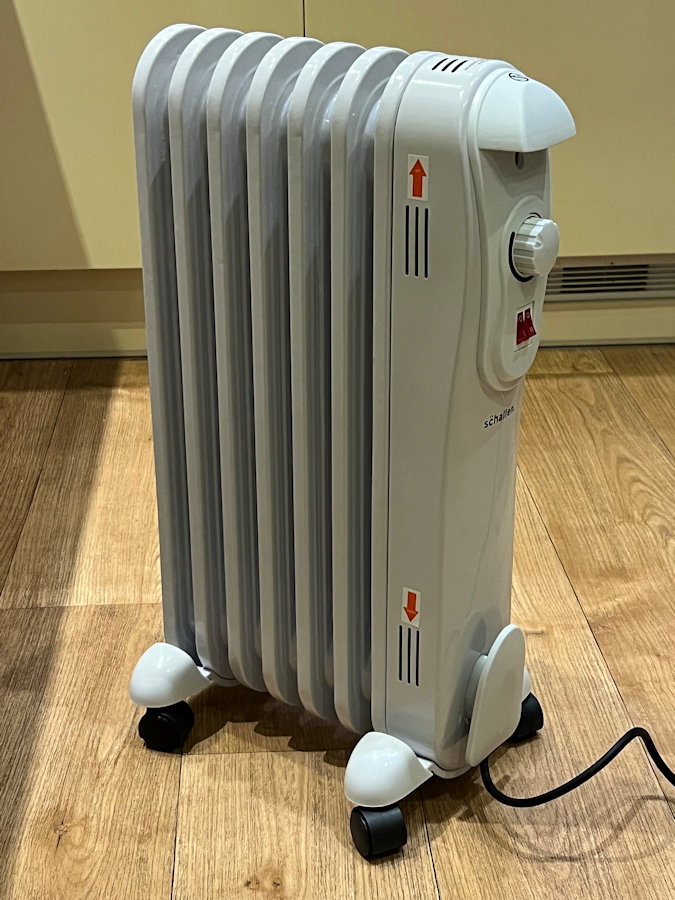
I'm using a Schallen 7-fin oil heater (available on Amazon) because it meets my requirements, looks pretty good for an oil heater and is clearly well made. It is portable (on castors), with an adjustable thermostat, 3 heat settings and a safety cut-off. The 3 heat settings give me more flexibility and control options.
The two red switches are used to select the power output. The left switch 'I' is 600W, the right switch 'II' is 900W and both are 1500W. The rotary knob is used to set the thermostat. The thermostat is will be left set to to high value, as I don't want it to interfere with the control being done by my smart home.
The heater comes with a lead about 1.5m long. The unit is shipped without the castors fixed to the heater, so a few minutes are required to attach them, using 3 wing nuts and a bracket. Although it claims to be rated at 900W, my plug-in energy monitor shows it to be closer to 940W.
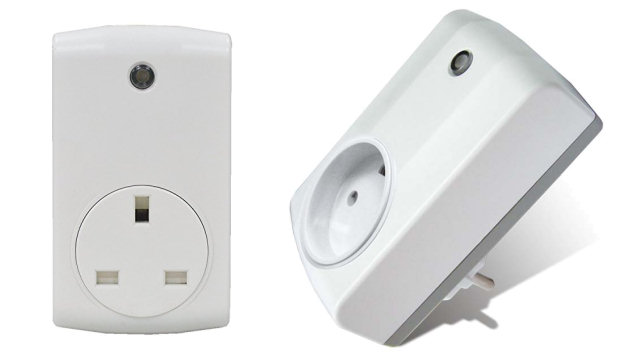
Because the heater may be used in different locations in our home, I'm using a wireless Z-Wave smart switch module. This one is an Everspring AN157-3. I've been using these since 2011 for smart appliance control.
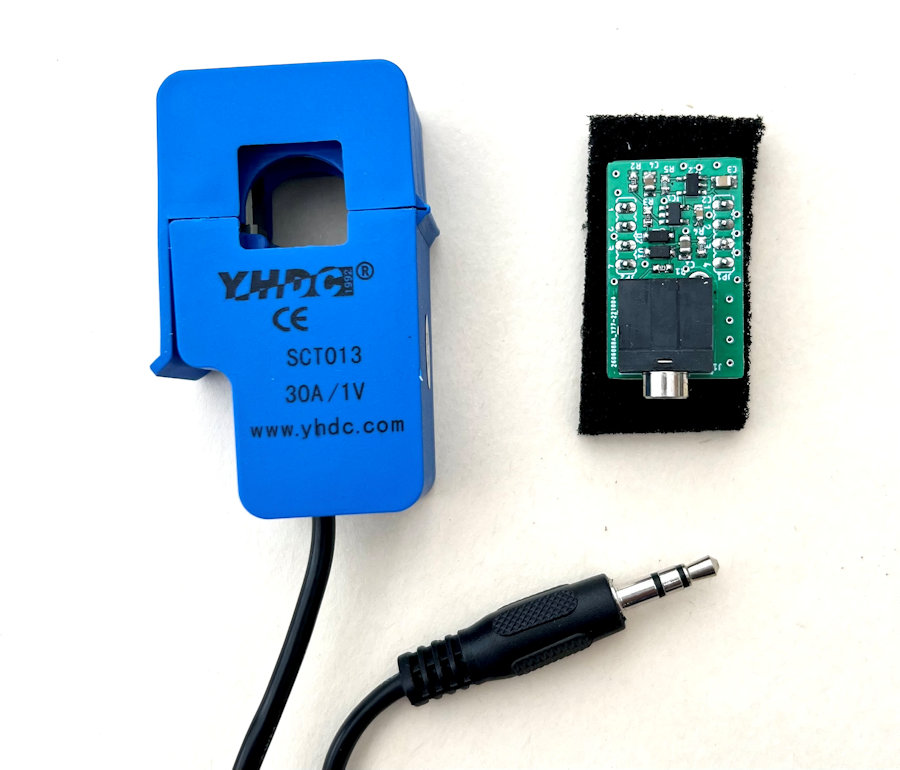
The control of the heater is covered in more detail as part of my smart energy management. My smart home monitors our solar power generation and house usage in real-time using my own split-core current transformer interface. This allows it to determine how much free power is available.
The premise is that by heating the lounge (which is open plan with the dining room and kitchen) with spare solar energy, the thermostat in the lounge will then not switch on the gas central heating.
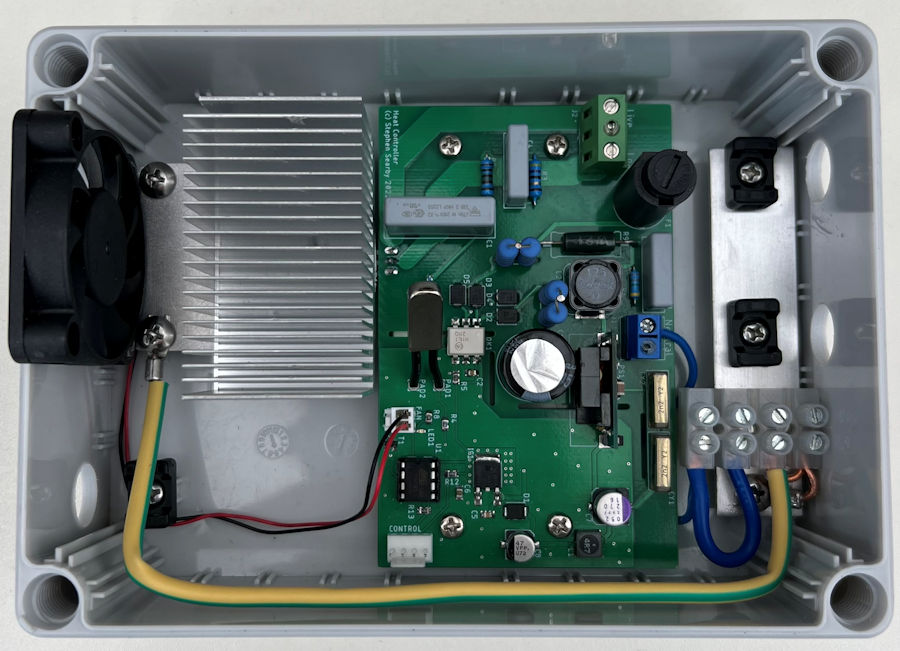
Control Algorithm
This project only works because my contextual smart home has whole home context, including house status, occupancy & presence at zone level, etc. The control algorithm is still in development and testing but looks something like this:
- The house status must be In, so that the Oil Heater is not operated when we are not at home.
- There must be enough free power being generated for at least 60 seconds.
- The outside temperature must be less than 15°C.
- The lounge temperature must be less than 21°C.
These conditions must all be met for the oil heater to switched on. It will be switched off immediately if they are not all met. This avoids frequent switching on and off as house load and solar generation varies.
Testing
So far this is working well. With the heater on the 900W setting, it kicks out a noticeable amount of heat. My solar panels generate around 4.3kW on a sunny December day, leaving plenty of free power to enable the oil heater to be switched on. The prioritisation is working well too, with the oil heater not being used during the peak export periods.
My contextual smart home generates extensive logs, so I can see exactly when the heater is switched on or off and how long it is on for. This allows me to know exactly how much energy it has used for space heating. My smart home is also logging room temperatures, thermostat target temperatures and when the gas central heating is on.
26th December 2022
Boxing Day was the first decent sunshine I got to test how well this project worked. The outside temperature was just 7°C and it was a clear sunny day. My solar panels generated 20.3kWh between about 08:30 and 16:00. The oil heater was configured to be on regardless of the house status and we were actually out from 13:15 to 14:46 for a walk. We also ran the washing machine and tumble dryer during the morning and into the early afternoon. The Zappi smart EV charger also managed to put 6.8kWh into our CUPRA Born.
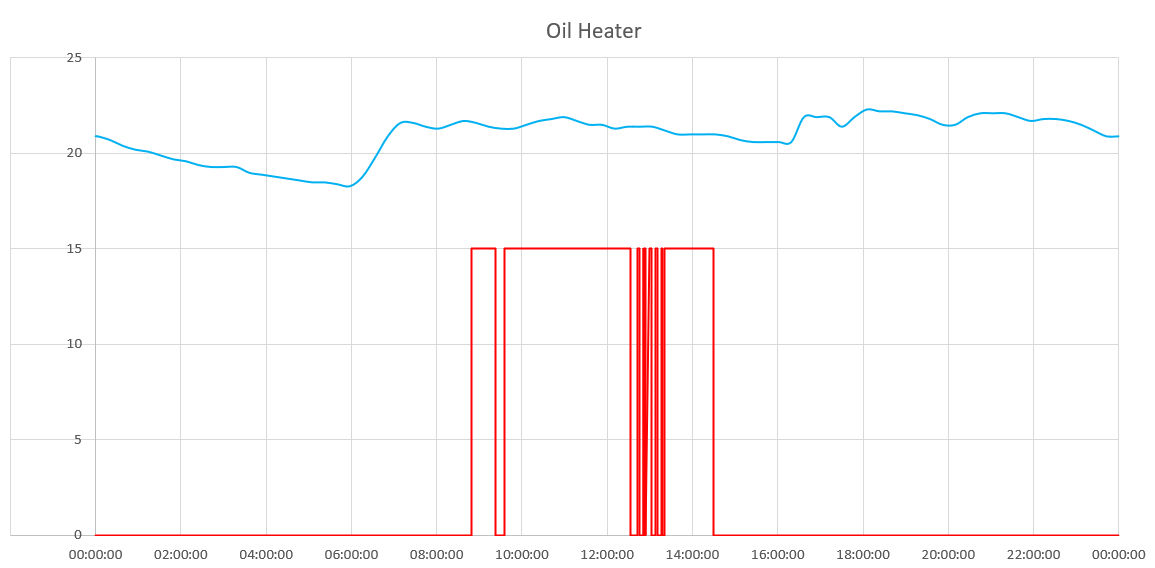
The oil heater was activated 9 times, for a total of 4 hours and 48 minutes. It switched off due to other loads in the house using power, which causes it to instantly switch off. The longest period on was 2 hours 57 minutes. Despite our lounge, dining room and kitchen being one open-plan space, the temperature was pretty much maintained and stayed above 20.5°C. This represents about 4.5kWh of energy being used to heat our home downstairs.
29th December 2022
Another average day from a solar generation perspective, with 11.2kWh generated. This solar powered oil heater was on for quite a while though and kept our house above 20°C from 09:00 to 15:30.
Summary
It is possible to accurately measure how much less gas we are using to heat our home by knowing how much energy is going into the oil heater. It will be small amounts but, the oil heater also helps to improve our quality of life.
Updates
In February 2023 this oil heater was used on 20 days, for a total of 15 hours and 15 minutes, using 15.3kWh. I added a virtual switch to the control (a switch that exists in software only), so that I could disable the oil heater whilst away on holiday.
In January 2023 this oil heater was used on 20 days, for a total of 33 hours and 8 minutes, using 31.8kWh. The most daily events seen was on the 27th January and there were 44 on/off events. My contextual smart home is very responsive to power usage changes and the shortest period the heater was on was just 7 seconds.



